Module 1 Libre : LE VIH et le SIDA
Module 1:
Contents
LEARNING OBJECTIVES
At the end of Module 1, the participant will be able to:HIV
H
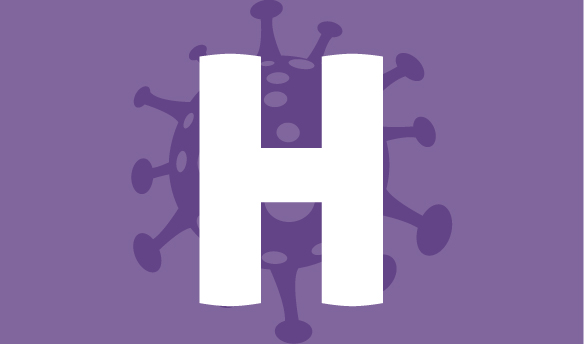

.
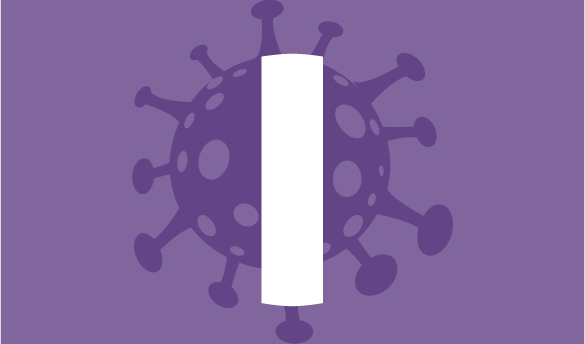

.


HIV stands for Human Immunodeficiency Virus. HIV was discovered in 1983 by a team from the Pasteur Institute (Paris) led by Luc Montagnier and Françoise Barré-Sinoussi (who were awarded the Nobel Prize in Medicine in 2008 for their discovery).
Unlike a cell, a virus does not have all the components necessary for it to multiply. It must infect a cell to replicate. HIV mainly uses and then destroys a specific type of immune system cells, the CD4 lymphocytes, which initiate the body's defences against various pathogens (intruders that make you ill, e.g. viruses, bacteria). When CD4 cells are destroyed, the immune system eventually collapses and the body is no longer able to defend itself properly.
HIV gradually weakens and destroys the human immune system and makes it deficient.
As soon as the virus has penetrated someone’s CD4 cells, that person is infected with HIV and is said to be HIV-positive. From that moment on, the virus can be transmitted to other people.
HIV infection is still not reversible at this time. A person with HIV remains HIV positive for life, even with treatment.
AIDS
.
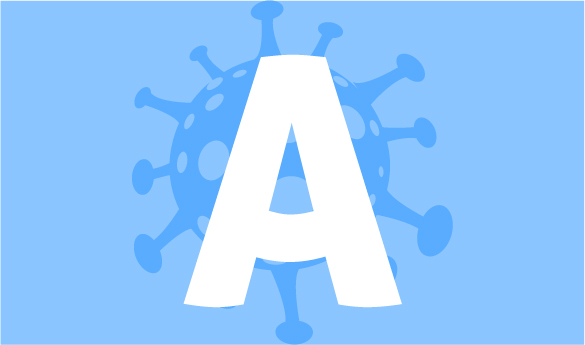

I
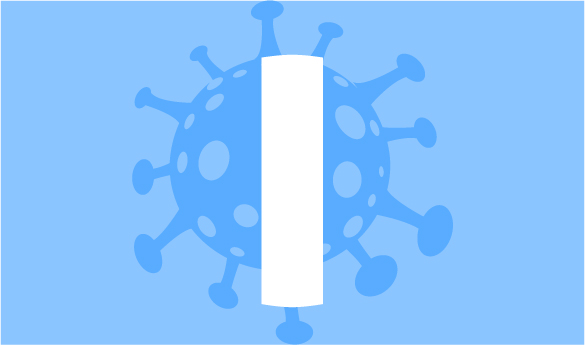

.
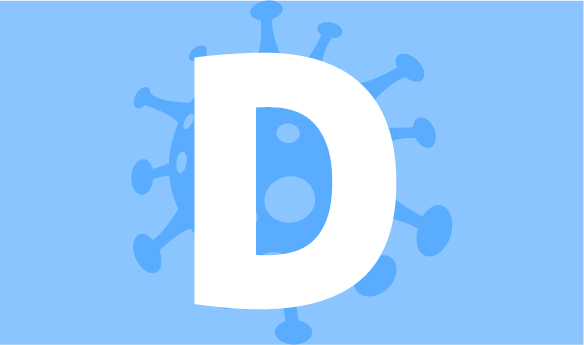

.


Acquired immunodeficiency syndrome, commonly known as AIDS, is the final phase of HIV infection. It entails a set of symptoms caused by opportunistic diseases, which occur when the immune system is deficient, so it no longer works to defend a person against disease and other infections. People living with HIV do not develop AIDS if they are under antiretroviral therapy. If a person is not treated, however, AIDS can lead to death. Fortunately, AIDS is reversible with antiretroviral treatment!
In summary: What is the difference between HIV and AIDS?
TERMINOLOGY
Word search and definitions:
The words can be hidden from left to right, right to left, top to bottom, bottom to top, horizontally, vertically but always in a straight line. Some words can cross each other.
The game ends when there are no more words in the window.
Immune system
The immune system is the defence system of an organism. It consists of different organs, cells and substances, which fight against pathogens (=intruders that make you ill such as viruses, bacteria, parasites, etc.). Among these cells, there are different kinds of white blood cells, including T-cells, such as CD4 cells, which are used to recognise the intruders and initiate the immune response. They pass on the information to other T cells, which attack and destroy the intruders, and to B cells, which produce antibodies.
CD4 T lymphocytes
HIV mainly targets CD4 cells and destroys them by replicating, so that the immune system can no longer recognize the intruders and initiate a defence. The body's defences are weakened to the point where they cannot even fight normally benign infections, which become fatal as a result. This is known as immunodeficiency.
Les anticorps
Antibodies are the body's defence agents produced by B lymphocytes. Their role is to recognize pathogens so as to neutralize them. The immune system produces antibodies specifically for each pathogen. A blood test is administered to look for HIV antibodies when screening for HIV infection.
Opportunistic diseases
Opportunistic diseases are diseases caused by pathogens that are not always very aggressive, but which take advantage of a weakened or failing immune system to develop and create complications. Since the weakened and deficient immune system no longer detects them, the intruders can grow unhindered. There are no longer enough CD4 cells to detect the pathogens, so they are no longer destroyed by antibodies or lymphocytes.
HIV-positive
Being HIV positive means that antibodies to a pathogen have been detected in a person's blood. In the case of HIV, these are antibodies to HIV. Anti-HIV antibodies are produced by the immune system (by B cells), but cannot control or eliminate HIV. The period between HIV infection and the production of HIV antibodies is called the seroconversion period.Viral load
The viral load is the amount of virus in the blood of a person who is HIV-positive. A high amount of virus means a high viral load. The higher the viral load, the greater the risk of HIV transmission. When the amount of virus is very low, it becomes undetectable. The person can then no longer transmit HIV sexually.
Action of the virus
- When HIV enters the organism, it attacks the white blood cells, mainly the CD4 lymphocytes.
- The virus cannot reproduce and survive on its own in the body: it needs CD4 cells as hosts.
- HIV enters the CD4 cells and uses them to reproduce and multiply. This is known as replication. The new viruses leave the infected CD4 cells destroying them in the processes to go and infect others.
- As HIV multiplies in the CD4s, the amount of virus increases (see curve in animation).
- The CD4 cells infected by HIV are destroyed and their numbers gradually decrease. Even though this process can take several years, it inevitably leads to the collapse of the immune system. This is known as immunodeficiency.
- Without CD4 cells, the immune system can no longer recognize intruders and therefore cannot instruct B cells to produce antibodies or T cells to attack and destroy them. Pathogens are thus able to multiply unimpeded and produce diseases.
- When the immune system is too weak, what are known opportunistic diseases can occur, marking the entry into the AIDS phase
PHASES OF THE INFECTION
INITIAL INFECTION
PROGRESSION OF AN INFECTION BY HIV
IN THE ABSENCE OF TREATMENT
PHASES OF HIV INFECTION:
The primary infection is the first phase of an HIV infection, i.e. the phase during which the virus multiplies rapidly to very high levels before the body begins to mount an immune response.
During the window period, which lasts about 2 weeks, the virus multiplies unimpeded throughout the body and its presence is not yet detectable by a screening test, as there has not been an immunological response yet.
The person who has just become infected has no symptoms and is not aware of being infected.
Seroconversion is the phase of the infection during which antibodies begin to be produced by the immune system. It usually begins 2 weeks after infection and progresses exponentially.
The immune system learns to recognize the virus thanks to the CD4 cells, which pass on the information to other lymphocytes to produce HIV antibodies (from 10-14 days after infection) and attack the virus.
But the presence of antibodies does not really mean "protection" in the case of HIV, because HIV manages to evade the vigilance of the immune system thanks to frequent mutations and the destruction of CD4 cells. As a result, the immune system cannot recognize and attack the virus properly, and it continues to multiply.
This period may be accompanied by the appearance of flu-like symptoms such as fever, rash, fatigue, and headaches. These symptoms disappear spontaneously after a few days, so people often do not seek medical attention. In many cases, newly infected people do not get sick at all.
At this stage, a person is therefore infected with HIV and can unknowingly pass it on to others, as their blood and sexual secretions contain a large amount of HIV.
Thanks to the action of the immune system, the viral load has decreased compared with the primary infection, but remains detectable (the virus cannot be eliminated). The CD4 T cell count has recovered after the primary infection, but HIV continues to attack and wear down the immune system. The CD4 T cell count and viral load are directly related and complementary, i.e. if one goes down the other goes up and vice versa.
During this phase, the person can still transmit the virus, even though the amount of HIV in their blood and sexual secretions is lower than during the primary infection.
In general, HIV-positive people do not experience any particular (HIV-related) health problems for years and continue to lead a "normal" life.
The most advanced stage of HIV infection is "AIDS" - acquired immunodeficiency syndrome.
The immune system has collapsed at this stage. There is an immune deficiency, i.e. a very significant drop in CD4 cells and an increase in the viral load. As a result, what are known as opportunistic diseases (because they take advantage of the opportunity not to be confronted with the body's defences) occur.
These opportunistic infections often affect the lungs (pneumonia) and the digestive system. Tumours, neurological diseases, tuberculosis, severe herpes, severe candidiasis (fungi), some rare forms of cancer (Kaposi's) can occur.
If left untreated, AIDS occurs on average about 10 years after infection with HIV (although this period varies greatly between individuals) and the course can be rapidly fatal.
The AIDS stage is reversible with antiretroviral treatment.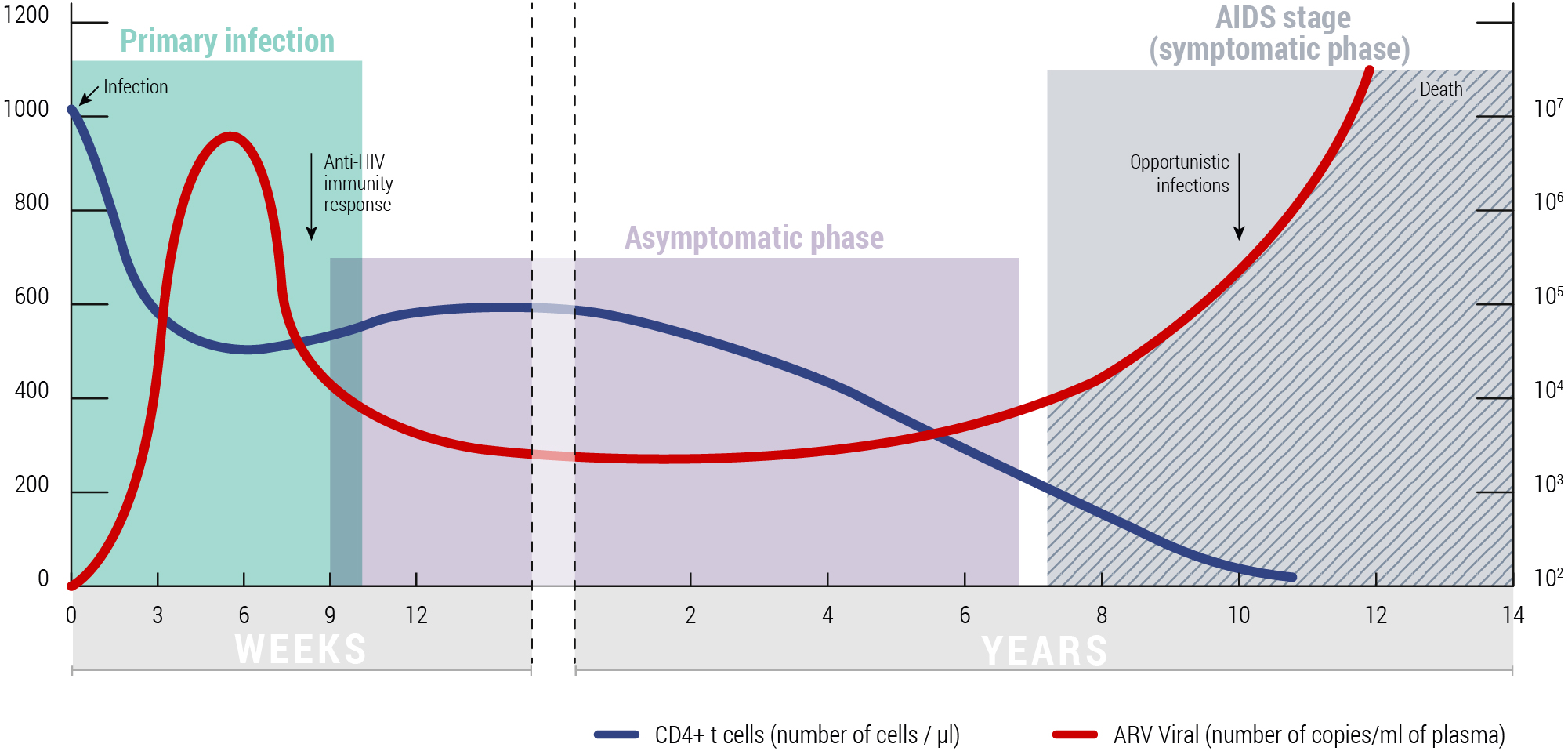
ASSESSMENT OF THE STAGE OF INFECTION*
The CD4 cell count and the viral load (= the number of HIV copies in the blood) are used to assess the progression of the infection. It is very important to make an early diagnosis (i.e. at the beginning of the infection), in order to start treatment as soon as possible and keep the immune system in good shape.
Bearing in mind that a normal CD4 cell count is between 600 and 1,200/mm3 of blood in an HIV-negative person, the following values should be considered:
- “Early” diagnosis when the CD4 cell count is 500/mm³ or higher: the patient is still healthy and has good immunity
- “Late” diagnosis when the CD4 cell count is below 350/mm³.
- “Advanced” diagnosis when the CD4 cell count is below 200/mm³: the risk of developing opportunistic diseases is very high
*Source : Institute National de la Santé et de la Rercherce Medicale (INSERM) https://www.inserm.fr

